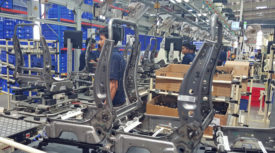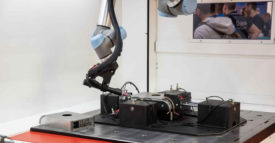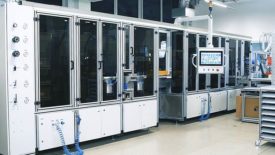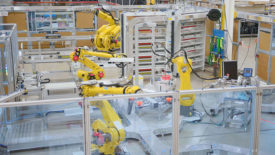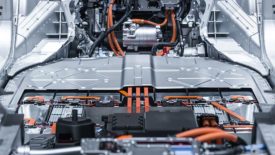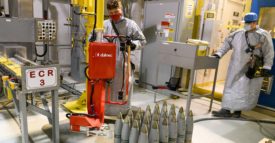Home » Keywords: » assembly systems
Items Tagged with 'assembly systems'
ARTICLES
Automotive Industry
Work-holding system can change to a new model in less than a minute.
Read More
EVENTS
Webinar Universal Robots Webinar Universal Robots
11/15/23 to 11/15/24
Contact: Meg K.
Industrial vs. Collaborative Robots for Assembly Applications
Never miss the latest news and trends driving the manufacturing industry
Stay in the know on the latest assembly trends.
JOIN TODAY!Copyright ©2024. All Rights Reserved BNP Media.
Design, CMS, Hosting & Web Development :: ePublishing




